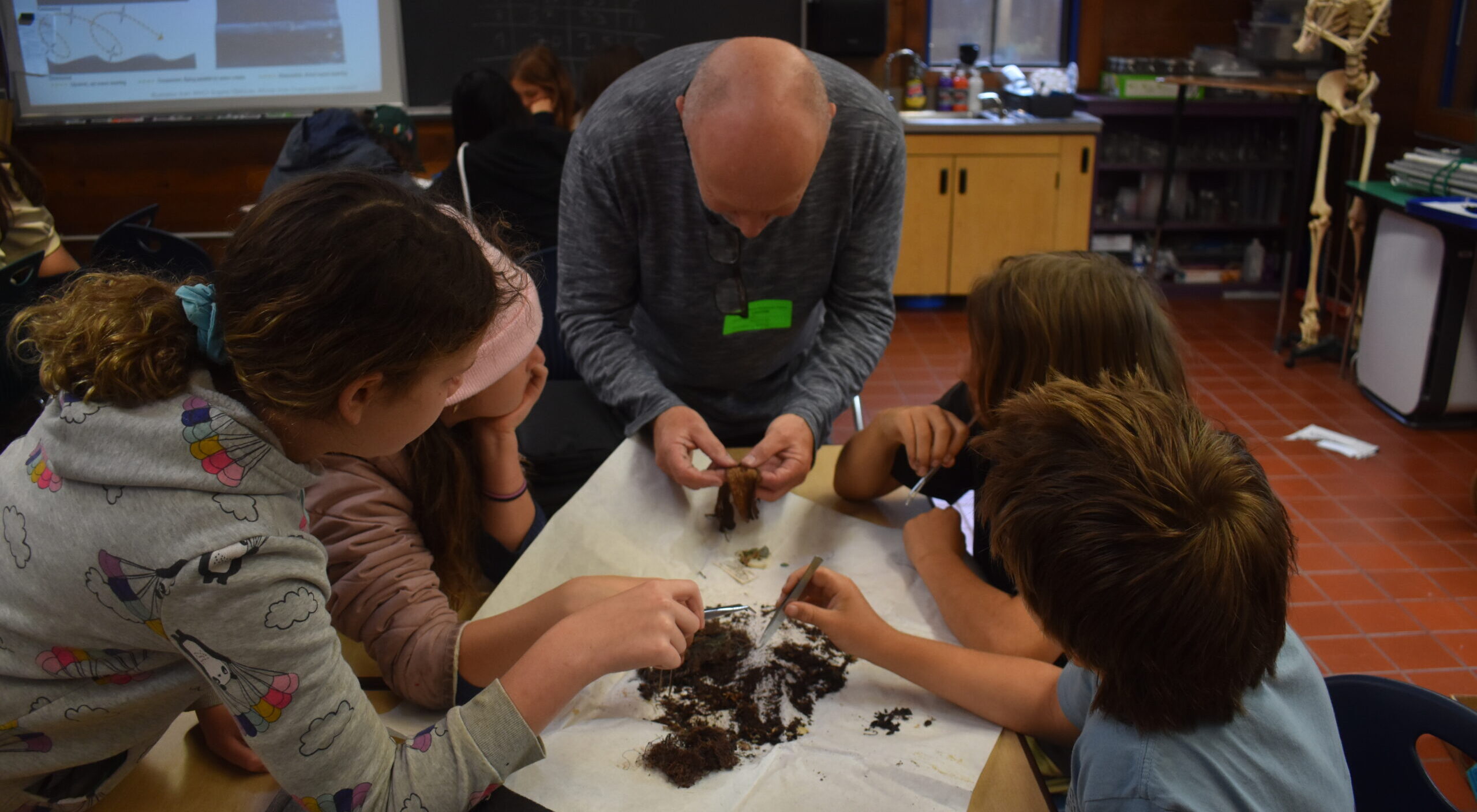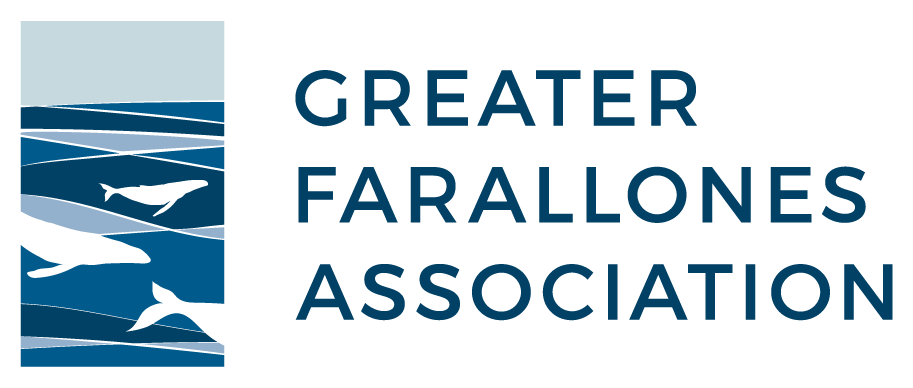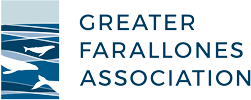At Your School Program Brings the Ocean to West Marin Classrooms


On an overcast morning in late March, Pete Winch pulls up to the Bolinas-Stinson School, a historic elementary school that sits on the thin strip of land between Bolinas Lagoon and the Pacific Ocean. Pete is an Education Specialist on our team with over two decades of experience as an ocean naturalist, and he is in Bolinas to deliver an Oceans At Your School program, which brings ocean science to K-12 students at Title 1 schools throughout West Marin County.
While only about an hour north of San Francisco, the town of Bolinas is a quiet community that reflects a coastal way of life that feels bygone along much of California’s coast, one that is intimately in-tune with its natural setting. A natural setting that includes some of the most productive ocean waters found anywhere in the world directly offshore, so productive that they are protected as part of Greater Farallones National Marine Sanctuary.
This proximity to such a rich marine ecosystem makes Bolinas an ample setting to dive deep into the wildlife that call it home and the science behind what makes it so special. A typical Oceans At Your School lesson might transport students into the life of a salmon as it makes its way back to its native stream in the Marin Headlands, or it might introduce them to a local fisherman whose livelihood is intricately connected to the same salmon.
On this spring day, Pete is giving a lesson to a class of 7th and 8th graders called Winged Ambassadors, where students learn about marine ecosystems through the eyes of Black-footed and Laysan albatross. Pete explains that albatross are highly-migratory seabirds, flying back and forth between feeding waters within the sanctuary and nesting grounds on the Hawaiian Islands. When Pete pulls out a tape measure to illustrate the enormous wingspan of albatrosses that allow them to make such long flights, the students are in disbelief.
It is these moments of awe that are at the heart of all of our education programs. Within each of these moments, students are invited to engage with their curiosity for our natural world. We believe this engagement helps to foster strong, lifelong stewardship ethics for our ocean.
The need to foster this next generation of stewards is clear as Pete’s lesson delves into how human actions are negatively impacting albatross populations across the ocean. He explains that plastics, in particular, pose a large threat to young albatross as they mistakenly, and oftentimes fatally, ingest the human-made material instead of their preferred squid. Then, he pulls out a number of kits that contain dirt, squid beaks, vegetation, and plastics.
Pete asks the students to separate the contents into specific piles and to tally up the amount of plastics in each pile. The students put on their best field researcher caps and dig into the kits. Hands-on experiences like this are crucial to demystifying science and field work for students who may have an interest in marine science careers but haven’t had the opportunity to actually do marine science.
Once the plastics are tallied, Pete closes the lesson by giving the students tips on how they can help to reduce plastic pollution and be good stewards of the sanctuary in their backyards. Many of the students in the class have received an Oceans At Your School lesson from Pete during previous years and exclaim that they can’t wait for the next one.
This work is made possible by generous support from Stinson/Bolinas Community Fund, West Marin Fund, and the Cordell Marine Sanctuary Foundation.

